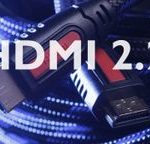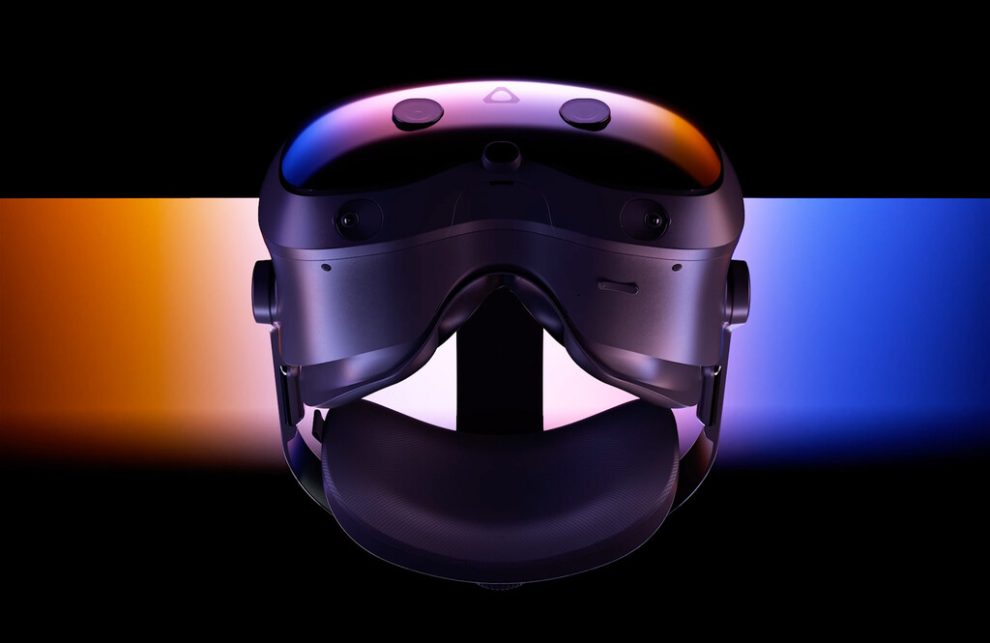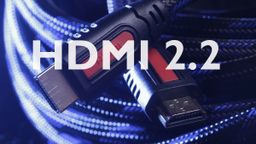If you’re thinking about buying a mixed reality headset, you’ll soon have one more option to consider. HTC has announced Live Focus Visionan interesting product that sits halfway between Meta’s Quest 3 and Apple’s Vision Pro. The Taiwanese company that launched the first Android phone on the market has been working on immersive environments for a long time.
To start off, we can mention that the Vive Focus Vision is based on the Vive Focus 3 that was introduced a while back. That device, however, was intended to be used in business environments. Things are changing, as the Vive Focus is being presented as a powerful alternative for both enjoying games and running other types of virtual reality applications.
HTC Vive Focus Vision Specs Sheet
|
Meta Quest 3 |
HTC Vive Focus Vision |
vision pro |
|
|---|---|---|---|
|
weight |
515 grams |
615 grams |
600-650 grams (depending on band and adjustment pad) The battery weighs an additional 353 grams |
|
Screens |
2 panels Resolution per panel: 2064 x 2208 pixels Refresh rate of 72 Hz, 80 Hz, 90 Hz, 120 Hz |
2 panels Resolution per panel: 2448 x 2448 pixels 90Hz refresh rate 120 Hz (coming later this year) |
2 panels x 11.5 million pixels, micro-OLED Resolution per panel: 3,660 x 3,200 pixels 3D display system, 7.5 micron pixels 92% DCI-P3 Refresh rates of 90, 96 and 100 Hz |
|
CHIP |
Qualcomm Snapdragon XR2 Gen 2 |
Qualcomm Snapdragon XR2 |
8-core M2 chip (4 performance, 4 efficiency) 10-core GPU 16-core Neural Engine R1 chip with 256 GB/s bandwidth 12ms photonic latency |
|
eye tracking |
No |
Yeah |
Yeah |
|
sound |
Stereo speakers with 3D spatial sound |
Dual microphone with noise cancellation and echo cancellation Dual driver with patented directional speaker design x 2 Privacy mode 3.5mm connector |
Spatial audio with dynamic head tracking Audio ray tracing Six-microphone array with directional beamforming Ultra-low latency H2-to-H2 connection with AirPods Pro 2nd gen (with USB-C case) |
|
Battery |
Up to 2.2 hours of use on average Games: 2.4 hours of use on average Productivity: 1.5 hours of minutes of use on average |
Up to 2 hours of use Hot-swappable battery compatible Built-in backup battery with up to 20 minutes of use |
Up to 2 hours of general use according to Apple Up to two and a half hours of video viewing according to Apple Does not support hot swapping Allows use while connected to power (30W USB-C adapter) |
|
memory |
8 GB |
12GB LPDDR5 |
16 GB |
|
storage |
128 GB 512 GB |
128 GB Support for MicroSD card up to 2 TB |
256 / 512 GB / 1 TB |
|
Connectivity |
WiFi 6E |
Wi-Fi 6, 6E Bluetooth 5.2 + BLE 1 USB 3.2 Gen 1 Type-C port 1 USB 3.2 Gen 1 port with DisplayPort support |
Wi-Fi 6 (802.11ax) Bluetooth 5.3 |
|
CONTROLLER |
Ringless controls Haptic system with tactile feedback |
Ring controls |
They don’t use command |
|
Operating system |
Meta Horizon OS based on Android |
HTC OS based on Android |
visionOS |
|
price |
From 549.99 euros |
1,229 euros |
From $3,499 plus taxes (not available in Spain) |
{“videoId”:”x95wvi6″,”autoplay”:false,”title”:”HTC Vive Focus Visio”, “tag”:”HTC”, “duration”:”60″}
The Vive Focus Vision is a standalone headset, meaning it has the hardware to work without being connected to another device. Here, we find a Snapdragon XR2 chip, 12 GB of RAM and 128 GB of storage. In terms of display, we find two screens with a resolution per panel of 2448 x 2448 pixels and a 90 Hz refresh rate.

HTC promises to offer a c120 degree field of view and an eye-tracking system. Specifically, the glasses can track the user’s gaze 120 times per second with an accuracy of 0.5 to 1 degree within a central 20-degree field of view. They also incorporate a USB-C port with support for DisplayPort, allowing you to connect a PC to enjoy improved graphics quality.

One of the most interesting features of the Vive Focus Vision, aside from eye tracking, is the ability to hot-swap the battery. The glasses have a battery life of about two hours, but you can change the battery. To avoid interrupting what you’re doing, a backup battery kicks in, offering about 20 minutes of battery life. A generous amount of time.

In Xataka
Qualcomm is developing mixed reality glasses with Samsung and Google. And it’s aiming really high
HTC has also equipped this product with a cooling system that promises to actively dissipate heat. through a fan. As we said, we are looking at glasses that are based on the Vive Focus 3. Well, the air intake between models increases by 30%, which, on paper, would allow for much better temperature control in the device. Now let’s move on to a very important point: availability.
Price and availability of the new HTC Vive Focus Vision
The new HTC Vive Focus Vision can now be pre-ordered on the manufacturer’s website for 1,1229 euros. This price includes the glasses, a DisplayPort cable and 7 digital games. But we’ll have to wait to be able to use them. They will be available from 17 October.
Images | HTC
At Xataka | Snap’s new Spectacles are subscription-based AR glasses. And they’re designed for developers
(function() { window._JS_MODULES = window._JS_MODULES || {}; var headElement = document.getElementsByTagName(‘head’)[0]; if (_JS_MODULES.instagram) { var instagramScript = document.createElement(‘script’); instagramScript.src=”https://platform.instagram.com/en_US/embeds.js”; instagramScript.async = true; instagramScript.defer = true; headElement.appendChild(instagramScript); } })();
–
The news
The new HTC Vive Focus Vision are ambitious glasses. And they are halfway between the Meta Quest 3 and the Vision Pro
was originally published in
Xataka
by Javier Marquez .







![[Img #74664]](https://thelatestnews.world/wp-content/uploads/2024/12/James-Watson-The-controversial-genius-behind-the-double-helix-150x150.jpg)






![[Img #74664]](https://thelatestnews.world/wp-content/uploads/2024/12/James-Watson-The-controversial-genius-behind-the-double-helix-300x200.jpg)

Add Comment